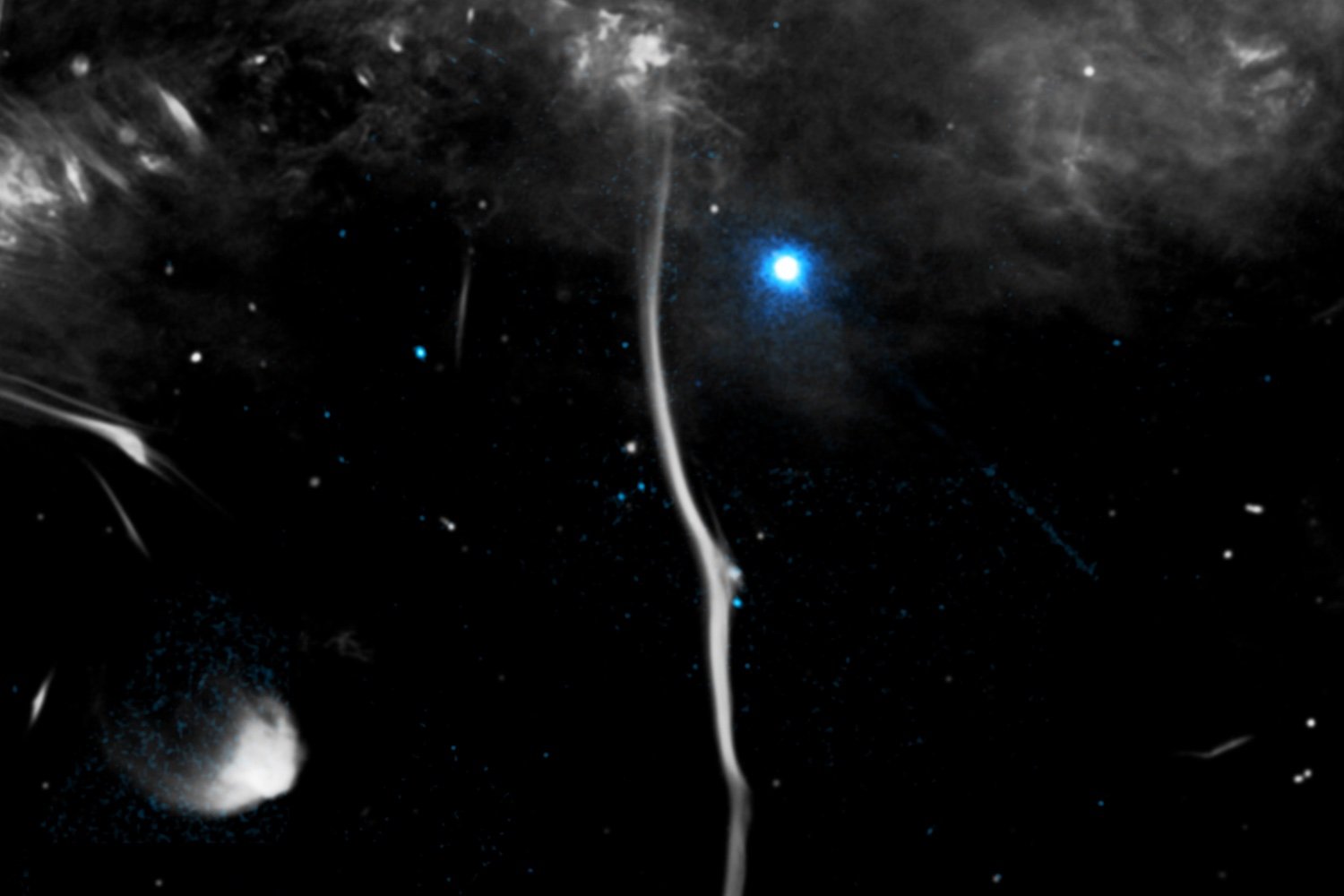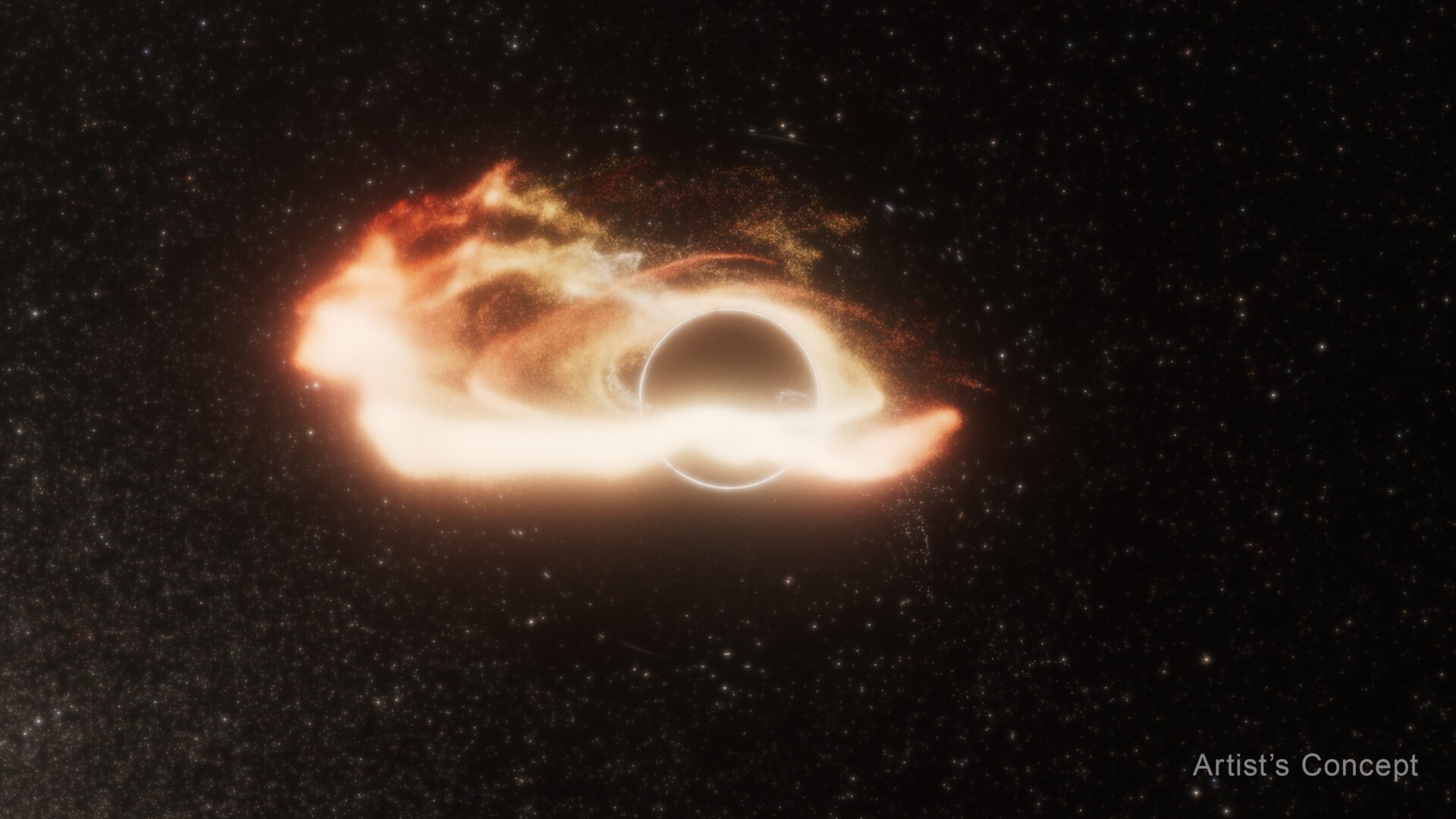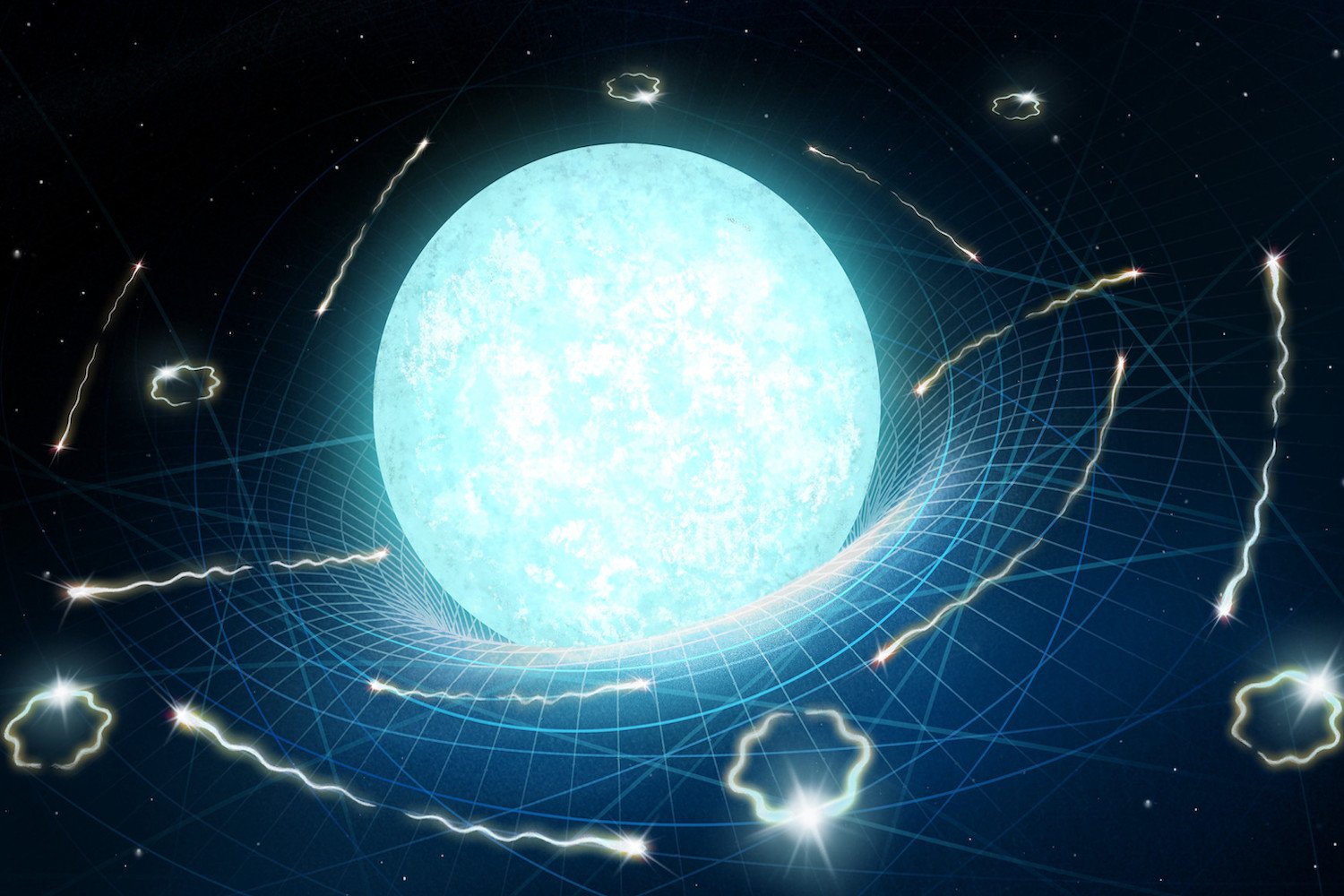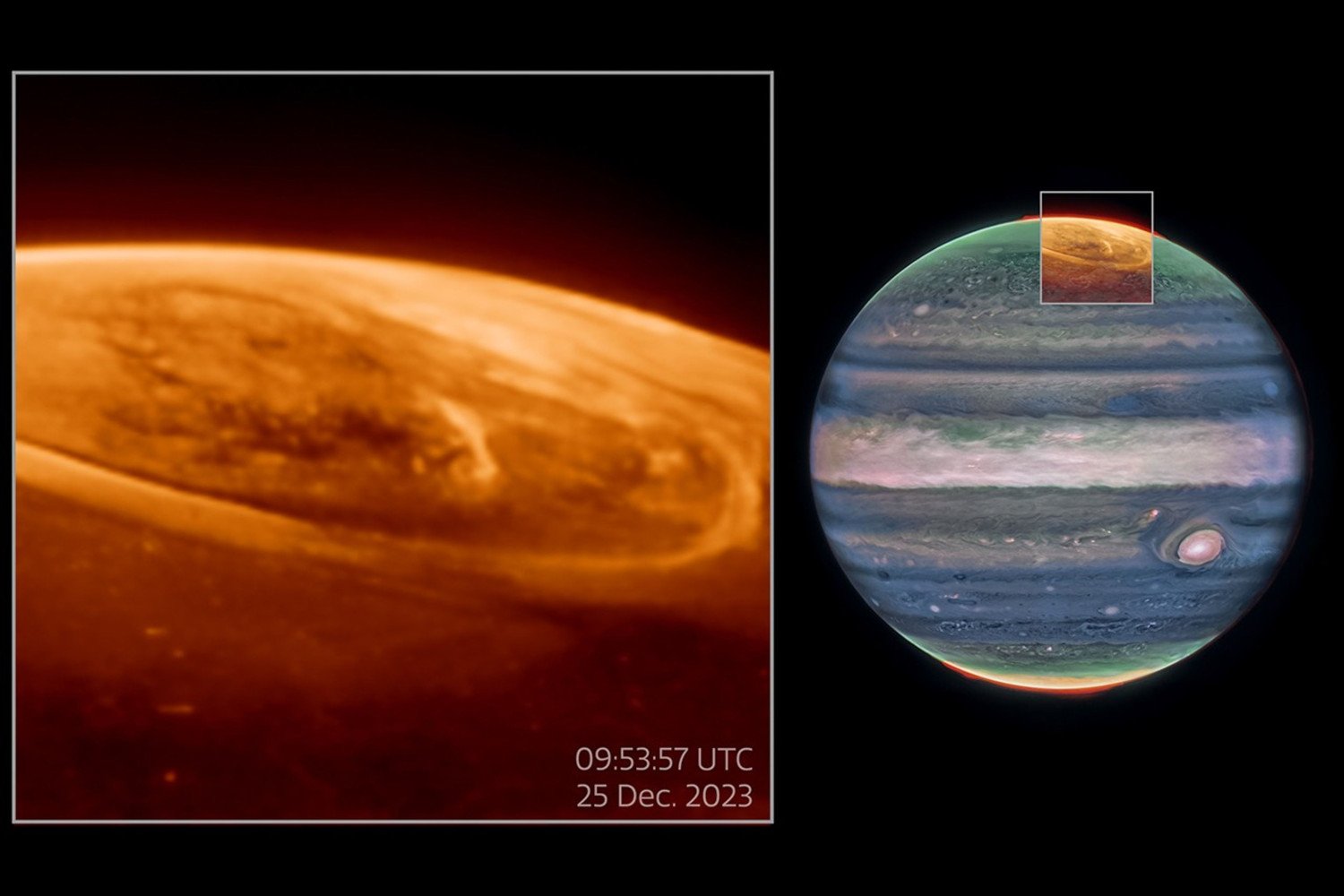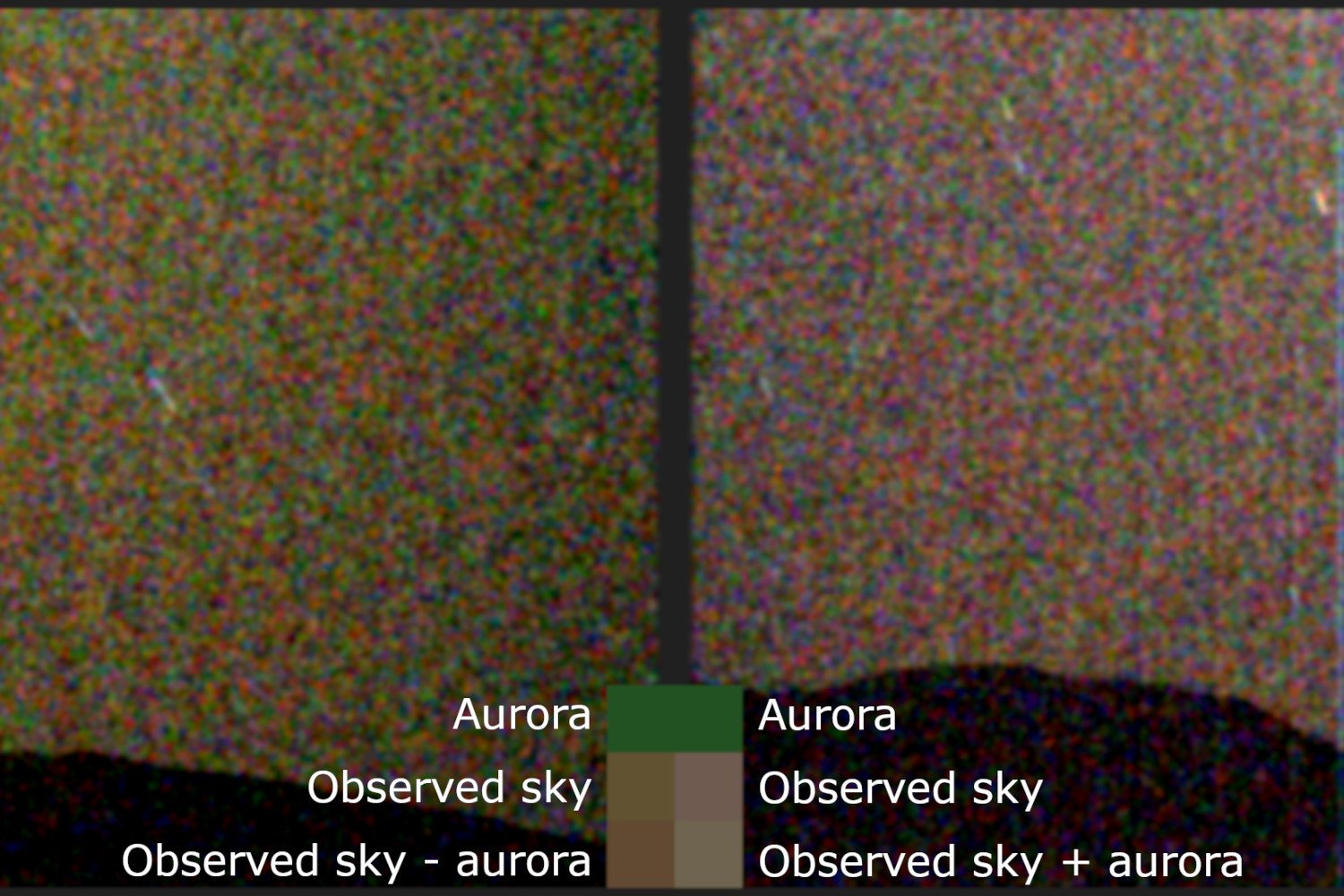A remarkable 230-light-year-long galactic filament, resembling a colossal bone, has been found with a peculiar kink, distorting its magnetic field. New X-ray images from the Chandra Observatory suggest a fast-spinning neutron star, or pulsar, is the likely culprit behind this cosmic fracture.
These enormous, bone-like structures, threaded with parallel magnetic fields and swirling high-energy particles, reside at the Milky Way’s center. Located approximately 26,000 light-years from Earth, G359.13, also known as “The Snake,” is the longest and brightest of these filaments. Despite its immense size, a new study published in the Monthly Notices of the Royal Astronomical Society suggests this structure has been impacted by a speeding pulsar, causing a noticeable break in its otherwise continuous length.
 X-ray and radio image of The Snake filament showing a fracture possibly caused by a pulsar.
X-ray and radio image of The Snake filament showing a fracture possibly caused by a pulsar.
Unveiling the Cosmic Culprit
Researchers utilized data from NASA’s Chandra X-ray Observatory and the MeerKAT radio array in South Africa to analyze the fracture in detail. The particles constituting The Snake and similar galactic filaments emit radio waves detectable by arrays like MeerKAT. The resulting images strikingly resemble medical X-rays of a long bone with a central fracture.
At the fracture site, the astronomers identified a source emitting both X-rays and radio waves. This emission is likely from electrons and positrons (the antimatter counterpart of electrons) accelerated to high energies by the pulsar’s impact. The pulsar itself is visible in the X-ray images, caught red-handed in its cosmic hit-and-run.
Pulsars: Remnants of Stellar Chaos
Pulsars are the energetic remnants of massive stars, formed after their collapse and subsequent supernova explosions. These explosions often propel pulsars at incredible speeds while they rapidly rotate and emit beams of electromagnetic radiation. This chaotic nature, combined with their high velocity, makes them prone to cosmic collisions.
A High-Speed Impact
The researchers believe the pulsar responsible for fracturing G359.13 likely collided at speeds between one million and two million miles per hour. This impact distorted the filament’s magnetic field, consequently warping the radio signal emitted from the structure.
A Galaxy in Constant Motion
Such violent encounters are common in the Milky Way, and the fractured filament serves as another example of the galaxy’s dynamic nature. With advanced instruments like Chandra and MeerKAT, astronomers continue to uncover and understand these dramatic cosmic events, providing invaluable insights into the processes shaping our galaxy.



